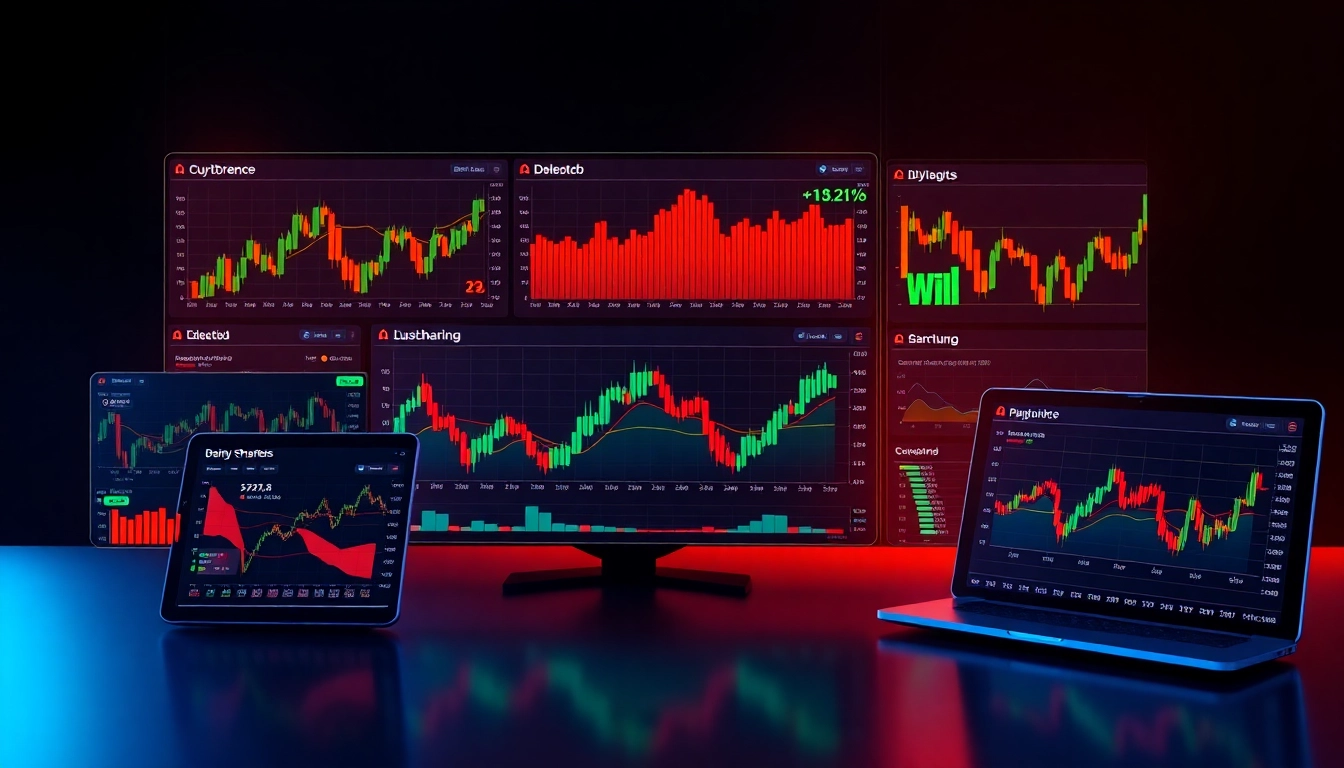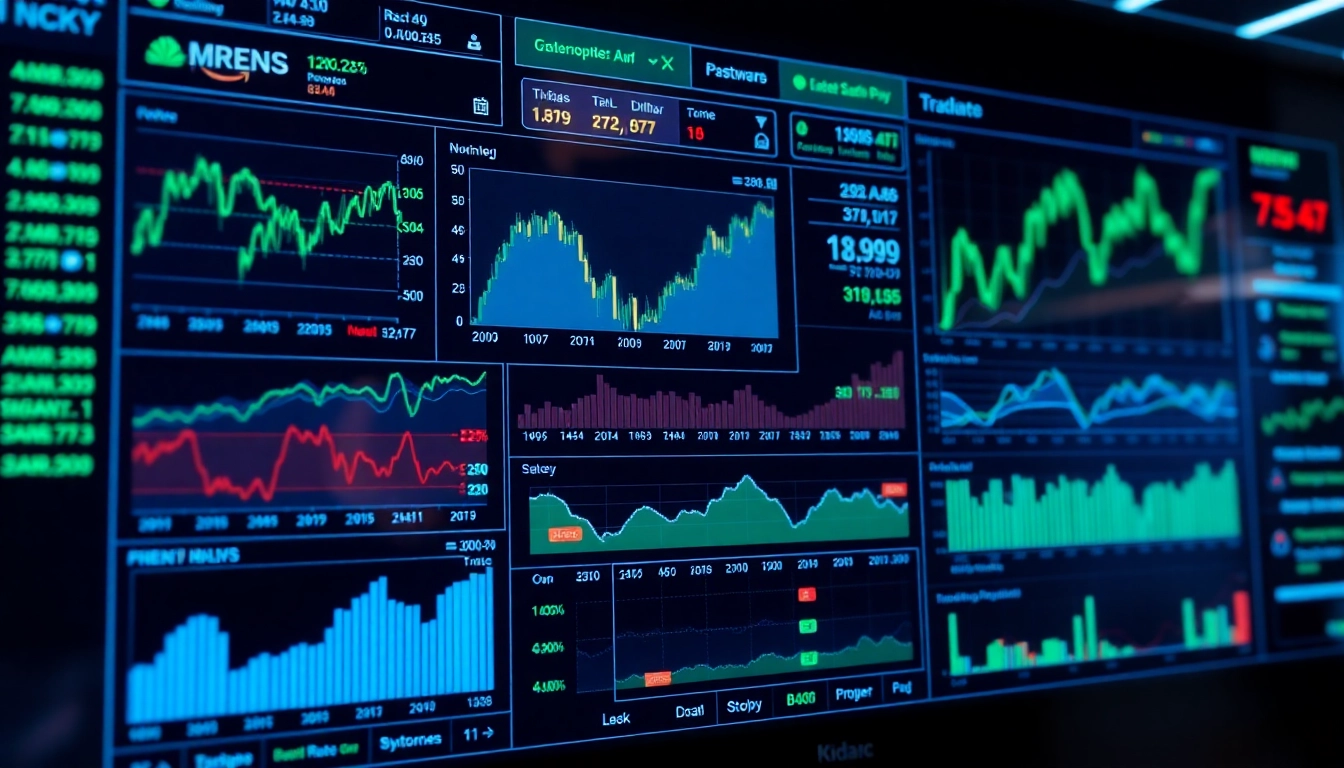Understanding the Significance of Social Media Platform Updates
In the rapidly evolving landscape of digital marketing, Social Media Platform Updates play a pivotal role in shaping how brands and businesses connect with their audiences. Staying informed about these changes is not just a recommended practice; it is essential for maintaining competitiveness, maximizing engagement, and ensuring strategic relevance. Platforms such as Facebook, Instagram, Twitter (X), LinkedIn, TikTok, and others consistently roll out updates that impact content delivery, advertising capabilities, privacy policies, and user experience. Therefore, understanding the significance of these updates helps marketers navigate the digital terrain effectively and adapt their strategies proactively.
Why Staying Informed Matters for Your Business
In the digital age, where consumer attention is fleeting and competition is fierce, missing out on platform updates can lead to missed opportunities or strategic misalignments. For instance, a new algorithm tweak might prioritize different content types, affecting organic reach. If a business ignores such changes, it risks declining visibility despite ongoing efforts. Furthermore, platform updates often introduce new tools or features that can enhance marketing campaigns, streamline content creation, or improve customer interactions. Staying apprised ensures that your business leverages these innovations adequately, maintaining a competitive edge and fostering stronger customer relationships.
How Platform Changes Impact Marketing Tactics
Social media updates alter the digital playing field, necessitating adjustments in marketing tactics. For example, an algorithm change that favors video content over static images will require brands to pivot their content strategies accordingly. If not, there’s a risk of decreased engagement and reduced content visibility. Additionally, new feature rollouts—such as augmented reality filters, live shopping integrations, or enhanced analytics—open new avenues for engagement but require strategic incorporation. Ignoring these shifts can render existing campaigns ineffective, while effectively responding to platform changes can amplify reach, foster loyalty, and improve return on investment (ROI).
Analyzing Trends in Social Media Updates Over the Past Year
Over the last year, social media platforms have shown a clear trend toward prioritizing authentic, privacy-conscious interactions. For instance, recent updates have focused on strengthening user privacy and limiting data access, compelling brands to rethink their data strategies. Meanwhile, the rise of short-form video content—exemplified by TikTok and Instagram Reels—has prompted platforms to favor engaging, quick-hit media formats. Additionally, there has been an emphasis on e-commerce, with features designed to enable direct shopping from posts or stories. These trends indicate a shift toward more personalized, interactive, and commerce-driven social experiences, which brands must account for in their strategic planning.
Key Types of Social Media Platform Updates and Their Features
Algorithm Changes and Content Visibility
One of the fundamental aspects of social media updates involves algorithm modifications that influence content visibility. Platforms continuously tweak algorithms to enhance user experience, combat misinformation, or promote new features. Recent developments often include prioritizing content from friends and family, favoring native video formats, or emphasizing content that fosters meaningful interactions. These changes impact how organic posts reach audiences, forcing brands to optimize their content for the new ranking criteria, such as encouraging engagement through questions, calls to action, or interactive formats.
New Tools and Functionalities for Creators and Brands
Platforms regularly introduce new tools designed to empower creators and advertisers. Examples encompass advanced analytics dashboards, new advertising formats, enhanced scheduling options, or augmented reality features. For instance, Instagram’s recent introduction of shopping tags allows brands to tag products directly within posts, streamlining the purchase process. Similarly, LinkedIn has rolled out new advertising capabilities targeting specific professional demographics. Embracing these tools enables brands to craft more engaging, measurable campaigns and diversify content strategies to suit evolving audience preferences.
Security and Privacy Enhancements in Recent Updates
Security and privacy updates remain a top priority across social media platforms, given rising concerns over data misuse and regulatory compliance. Recent updates often include stricter data access controls, transparency features about data collection, and security protocols to prevent hacking and impersonation. For example, platforms have implemented clearer privacy settings, making it easier for users to control their data. These changes require brands to review their data collection practices, ensure compliance, and communicate transparently with their audiences to build trust and legal compliance.
Best Practices for Responding to Platform Changes
Adapting Content Strategies to New Algorithms
To remain effective amid algorithm shifts, brands must adopt flexible content strategies. This involves analyzing engagement metrics to understand what resonates with the audience under new conditions. Incorporating more video content, encouraging user interactions, and leveraging trending hashtags or formats are proven tactics. Additionally, staying agile and testing different content types helps identify what works best, ensuring ongoing visibility and engagement.
Leveraging New Features for Engagement
Maximizing newly introduced tools or functionalities can markedly boost brand engagement. For instance, utilizing live shopping features can create real-time purchasing experiences, while augmented reality filters can enhance user interaction with your brand. Training content creators on how to utilize these tools and integrating them into your overall marketing mix ensures that every new feature is leveraged to its fullest potential, delivering innovative and engaging experiences to your audience.
Monitoring and Measuring Performance Metrics
Effective response to platform updates also depends on rigorous performance monitoring. Key metrics include engagement rates, reach, impressions, click-through rates, conversions, and audience growth. Advanced analytics allow brands to assess how updates impact their content’s performance and adjust strategies accordingly. Regular reporting and data analysis facilitate a proactive approach, ensuring your social media tactics remain aligned with platform evolution.
Case Studies: Successful Adaptation to Recent Updates
Small Business Growth Through Strategy Adjustment
A local cafe, after a platform algorithm changed its visibility criteria, focused on creating short, engaging Instagram Reels showcasing menu items and customer stories. By leveraging platform-specific features and adjusting content types, they increased their follower engagement by 35% within three months, resulting in higher foot traffic and sales.
Influencers Maximizing New Tools for Reach
An influencer specializing in fitness used the new live shopping feature to promote workout gear during live sessions. By combining engaging demonstrations with direct shopping links, they saw a 50% increase in product sales while deepening audience trust and interaction.
Brands Improving Campaign Results with Platform Changes
A fashion brand adapted to recent privacy restrictions by shifting their focus to first-party data collection and augmented reality try-on features. This strategy boosted campaign conversion rates by 20% and enhanced customer satisfaction through immersive shopping experiences.
Future Outlook and Preparing for Upcoming Social Media Platform Updates
Emerging Trends and Predicted Changes
Looking forward, social media platforms are expected to prioritize enhanced privacy, AI-driven content personalization, and greater integration of e-commerce features. The rise of immersive experiences such as virtual reality and metaverse integrations suggests future updates will focus on creating seamless, multi-sensory engagement opportunities.
Tools and Resources for Continuous Monitoring
To stay ahead, brands should utilize monitoring tools like social listening platforms, trend analysis software, and analytics dashboards provided by social media platforms themselves. Regularly following industry news, participating in webinars, and subscribing to platform update blogs are also valuable practices for continuous learning.
Implementing a Proactive Update Management Plan
Developing a structured plan for managing updates involves establishing a dedicated team or process responsible for tracking changes, testing new features, and training staff. Incorporating a flexible policy that allows swift adaptation and ongoing experiments ensures your brand remains agile and prepared for future shifts in the social media landscape.










